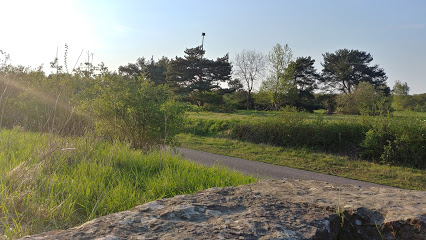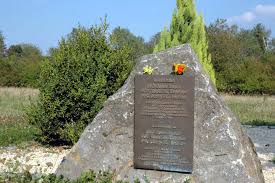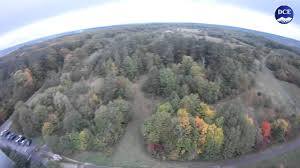The Waldheide is located in the city's forest in the east of Heilbronn, about 52 hectares of large forest, surrounded by lush forests rich with oak trees. The sandstone sandstone beneath the surface of the earth is relatively resistant to corrosion, so that the terrain is transferred only slightly.
History
Woods Heath has a long history and is full of events. Initially only agriculture in the form of rangeland and field use played a role. In the nineteenth century it was partial forestation. In 1883, as a result of the Franco-German war, a review ground was created here. From 1918, the Valhadi area became a recreational area for the people of Heilbronn. At this time also the name of "Heath Forest" arose. During the Third Reich, Valhade was used again militarily and served as a military training zone.
After World War II, the US Army took over the site. Finally, the nuclear missiles were stationed here, most recently the Pershing II missiles. In 1985, a missile accident killed three US soldiers. In 1990, the US Army abandoned the site and left.
Later, the area became the property of Heilbronn again and the Forest Forest was restructured. In the first place, many existing buildings, roads, tracks, parking lots and other buildings have been removed. The only remaining building today serves as a cattle herd. At the same time, the terrain is again available for entertainment.
The most valuable conservation area in the north of Waldheide was allocated in 1994 by 4.5 hectares to a natural monument. Here the areas were more consistent with vegetation. Otherwise, vegetation, which was controlled by the entire Waldheide can be found on a large scale, only in parts. Unfortunately, the fragmentation of the vegetation of the hilllands can no longer be greatly reduced because, in the recent past, military use and associated structural installations have been the rocky soil of the existing sandstone that has been severely weakened or no longer exists. Soil created over thousands of years can not be restored through artificial soil formation, nor even through restoration measures.
Heath in the natural monument
Typical sites for "vegetation" are nutrient-free and lime free. Therefore, there are only plant species that bear lime in the soil and at the same time are managed with a few nutrients here. Another important factor is the type of use, in the case of the forest that nurtures traditional grazing (see Gewannname "Angerweide" in the natural monument). Grazing animals mainly eat the plant species they love.
Thus, health in the natural monument consists of highly characteristic plant species. The specific element is undoubtedly the Heather (Calluna vulgaris). Among the distinguishing characteristics are the red-blue cherries (Campanula rotundifolia), the German broom (Genista germanica), thymus pulegioides, linseed linseed (Linum catharticum), tormentil (Potentilla erecta), grass Which is carried by grass (Nardus Strict) and Trident (Danthonia decumbens) typical. Where there is water retention in the ground, there is molten grass (Molinia caerulea) and pale deposits (Carex pallescens).
As a particularly typical species of meager pasture, the endangered small grasshopper (Stenobothrus stigmaticus) also occurs in the natural monument. Needs an open ground, as they arise during grazing sheep repeatedly.
The hedges on the edge of the ground consist of black berries in the first place. The red-backed lobster (Lanius collurio) is a regular breeding bird here. In the most open areas with single shrubs until a few years ago, the anthhus trivialis were breeding birds. At the same time, unfortunately went.
pond
In addition, there are many pools in the natural monument, which dry often during the summer. This is mainly due to habitat requirements of the endangered yellow frog (Bombina variegata). For example, predators can multiply small frogs, such as dragonfly larvae, in temporarily dry water. The fish can not establish themselves at all. Unfortunately the tree frog (Hyla arborea) which originally appeared here. From volatile water levels in shallow water basins with muddy ground, the rare common ferns (Pilularia globulifera) also benefit. He can build here a fairly large stock.




